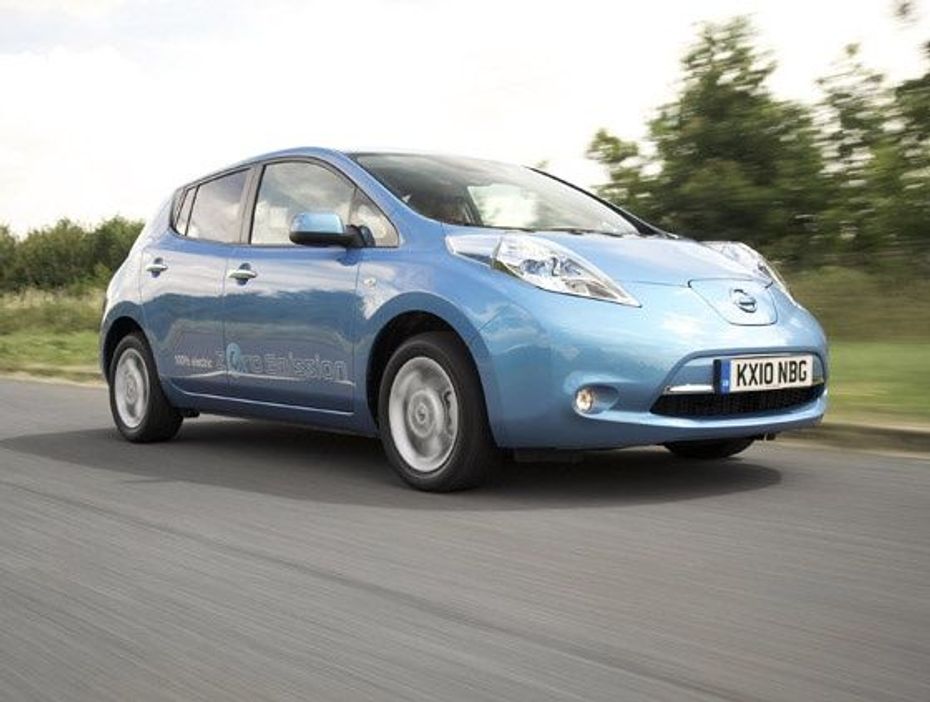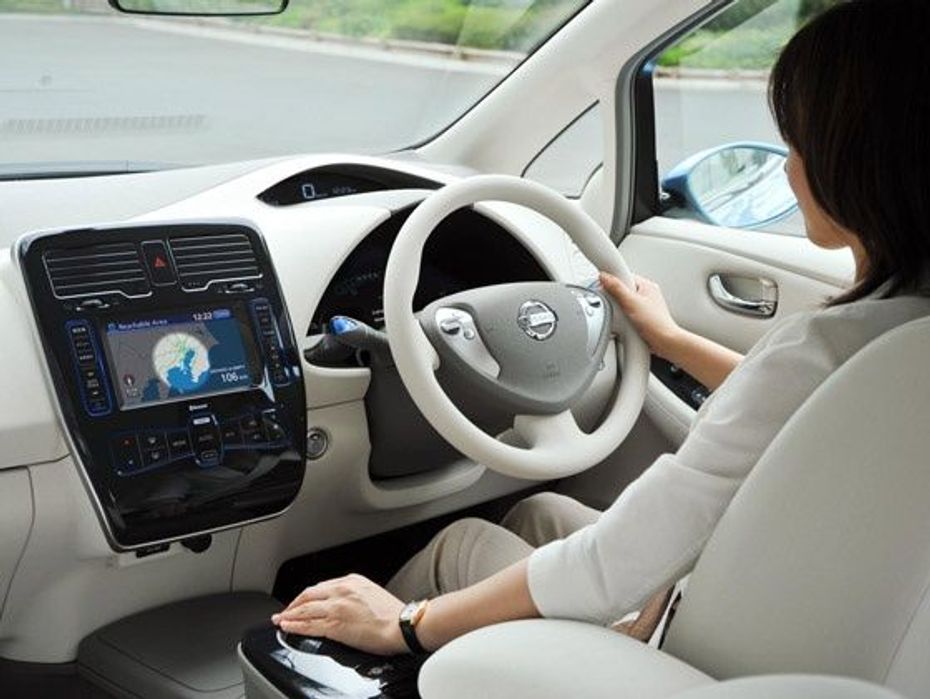
Nissan, Honda And Mitsubishi Motors Ink MoU for Joint Holding Company...
- Dec 23, 2024
- Views : 1150


As the transport bus rolls into the entrance of Nissan's massive new headquarters, the centerpiece of the driveway holds my attention and admiration. It is not some twisted modern art sculpture, nor one of the company's many iconic cars. Put up right in the centre is a simple box - a quick charging station for its new and forthcoming electric vehicles. If all goes well, the sprouting of such boxes over numerous metropolitan areas around the world will determine the company's ascension to the top spot in the automotive world.
How things change. Just ten years back, the industry had almost written off Nissan after its worst financial crisis. Only three of its 46 models were making profits, and the loss for '99 was pegged at about $6 million dollars. It took an outsider to come in, bypass Japanese business etiquette, take tough calls and draw flak - but the very next year Nissan posted a turnaround profit of $2 million. The feat even got him a place as a hero in Japanese comic books. Carlos Ghosn, CEO of Nissan and Renault, would be present today to mark the day.
The occasion itself was momentous for Nissan in more ways than one. Combining the inauguration of its new HQ, currently the greenest building in Japan, along with the launch of the world's first intended affordable mass production electric vehicle could sound like a field day for tree huggers, but the company's outlook has seen a sea-change after its alliance with Renault. Technological advancements, driving excitement and environmental awareness aside, new Nissan has thrived because it is now driven by strong business propositions. The new Leaf EV is exactly that.
Plucking the Leaf

Just one day earlier, the electric powertrain of the Leaf mounted on to a Nissan Tiida test mule was up for evaluation at the company's Oppama proving grounds. The sporty mid-size hatchback proved to be a great car to base the prototype on, given its standard Nissan-style dynamics. Great handling was expected but given the relatively tame reputation of electric vehicles, the on-the-pedal experience was being guessed with a pinch of salt.
As the car rolled on to the track, pinning the accelerator was greeted with a very likeable hot hatch reaction - minus the noise. This felt like a proper 120-odd BHP hatchback that loved going fast. The absence of a gearbox also meant that the relation between the accelerator and the forward motion of the car was that much more direct. The top whack of 140 km/h came in good time, and the powertrain felt completely stress free even at its peak. This was no toy car. It was a proper vehicle that would keep up most other things on the highway.
At the technical briefing post the drive, other interesting facts confirmed that finally there would be a mass-produced electric car that could unashamedly be considered as a real alternative to fuel-burning vehicles. The 80 kW (110bhp) motor also puts out 280Nm of torque - indicative of the exuberant drive experience. Laminated lithium-ion battery packs not only give the car a range of 160 kms at full charge but also keep the weight down and liberate a whole lot of space. A smart integrated IT system also allows users to see a real-time map view of the radius within the car's present range. The same system makes for pre-programmable charging times to ensure that the car gets charged in non-peak time hours when parked in the garage.
Partnering the Revolution

So what's the big deal about a great car that may not run when you really need it to? The Leaf's makers seemed to have realized this quite early, given their real-world goals of making this car a worldwide success, not just some novel science experiment. A widespread charging infrastructure is as important to electric cars as fuel pumps are to normal combustion-engine cars, and also out of reach for an automobile manufacturer.
To take care of the scenario, Nissan decided to partner with municipal corporations and urban administrations of large cities to set the infrastructure up. Given the new green focus that many cities have developed recently, the response was more than encouraging.
In fact, Nissan chief Carlos Ghosn mentioned in no uncertain terms that the problem being faced by the company right now is one of plenty, with Mayors lining up to strike deals. Currently in alliance with 27 urban areas around the world, the company seems to be ensuring that the Leaf will never run out of juice even in the real world.

Nissan, Honda And Mitsubishi Motors Ink MoU for Joint Holding Company...

Renault Extends Standard Warranty On Kwid, Triber, And Kiger To 3...

Hyundai Venue N Line: Taken To The Next Level Of Sportiness

Hyundai Exter: Welcome To The New World Of Thrills And Technology

Hyundai Creta Level-2 ADAS Explained, Perfect For Indian Road...

Hyundai Exter: An Year Long Ownership Experience That Left Us Wanting...

2024 Toyota Camry Launched In India At Rs 48 Lakh; Now...

Kia Syros Unveiled Globally As The Most Premium Sub-4m SUV In India

Mahindra BE 6e Launched At Rs 18.9 Lakh, Gets Modern Styling, Premium...

Skoda Kylaq: Here’s What You Get With Each Of Its 4 Variants
India's largest automotive community
 Check Out The List Of The Top 5 SUVs Showcased At The Auto Expo 2025
Check Out The List Of The Top 5 SUVs Showcased At The Auto Expo 2025
 Auto Expo 2025: Toyota Hilux Black Edition Explained In 10 Images
Auto Expo 2025: Toyota Hilux Black Edition Explained In 10 Images
 India’s Most Affordable Car, The Vayve Eva Is Priced From Rs 3.25 Lakh! Here Is A Look At All Of Its Variants!
India’s Most Affordable Car, The Vayve Eva Is Priced From Rs 3.25 Lakh! Here Is A Look At All Of Its Variants!
 As The Kia Syros Reaches Dealerships Check Out The Pros And Cons Before You Get One Home
As The Kia Syros Reaches Dealerships Check Out The Pros And Cons Before You Get One Home
 Vayve Mobility Eva
Rs. 3.25 Lakh
Vayve Mobility Eva
Rs. 3.25 Lakh
 BMW X3
Rs. 75.80 Lakh
BMW X3
Rs. 75.80 Lakh
 Hyundai Creta Electric
Rs. 17.99 Lakh
Hyundai Creta Electric
Rs. 17.99 Lakh
 Lotus Emira
Rs. 3.22 Crore
Lotus Emira
Rs. 3.22 Crore
 Lotus Emeya
Rs. 2.33 Crore
Lotus Emeya
Rs. 2.33 Crore